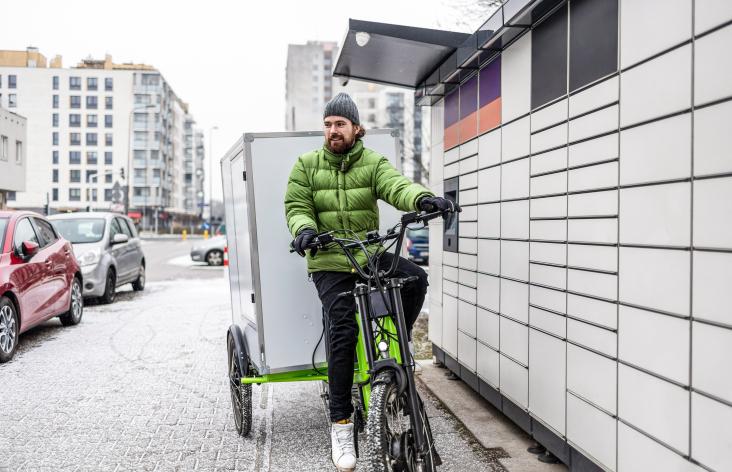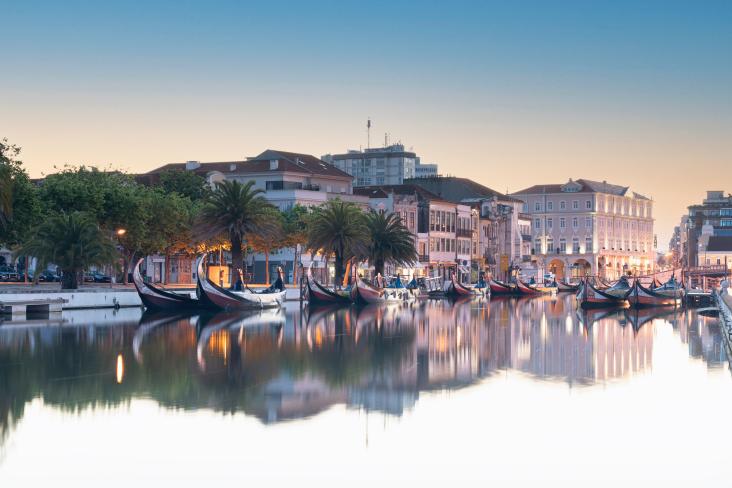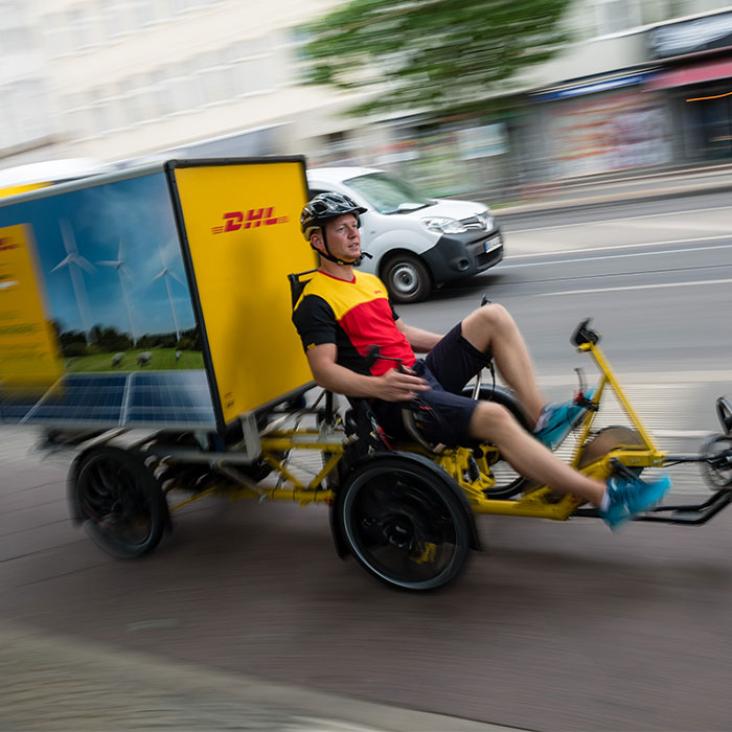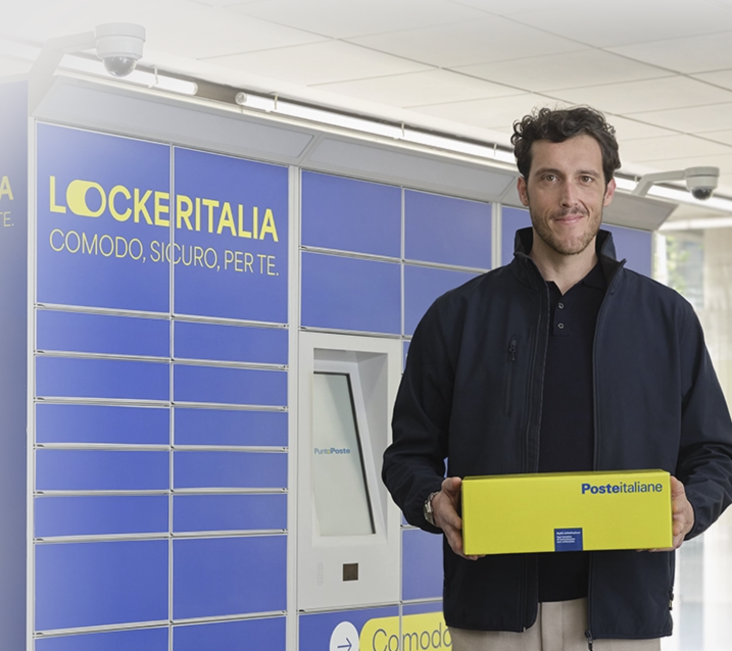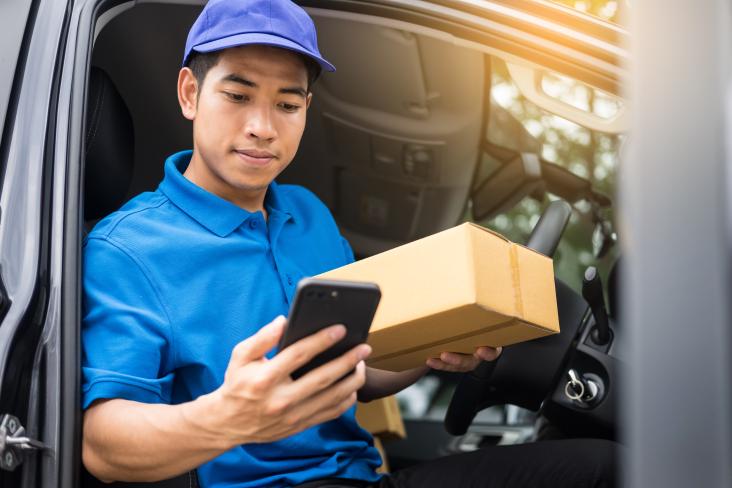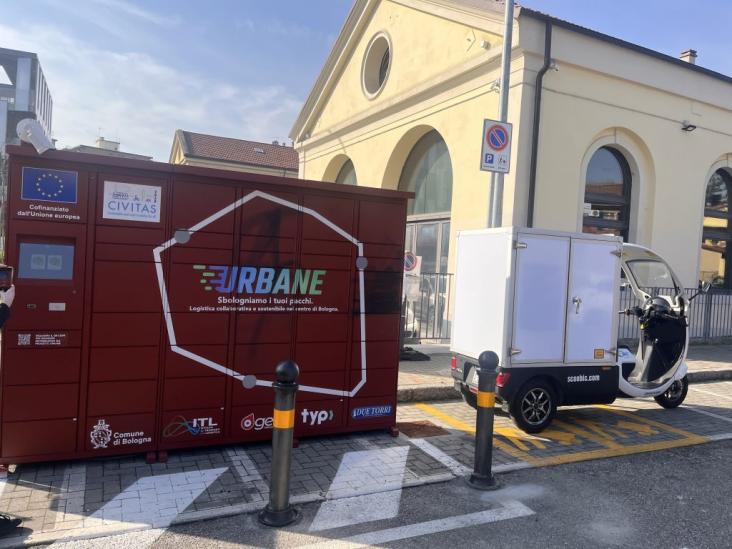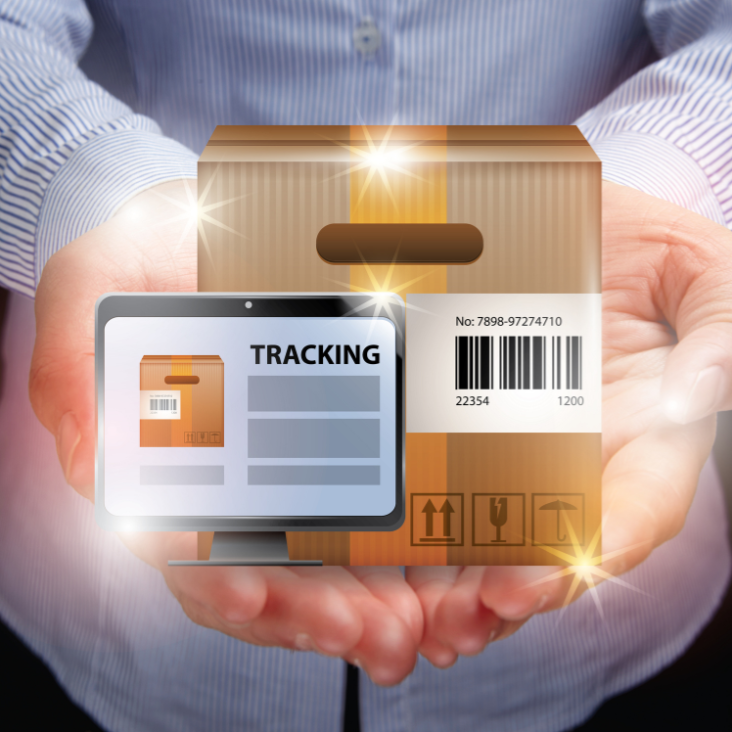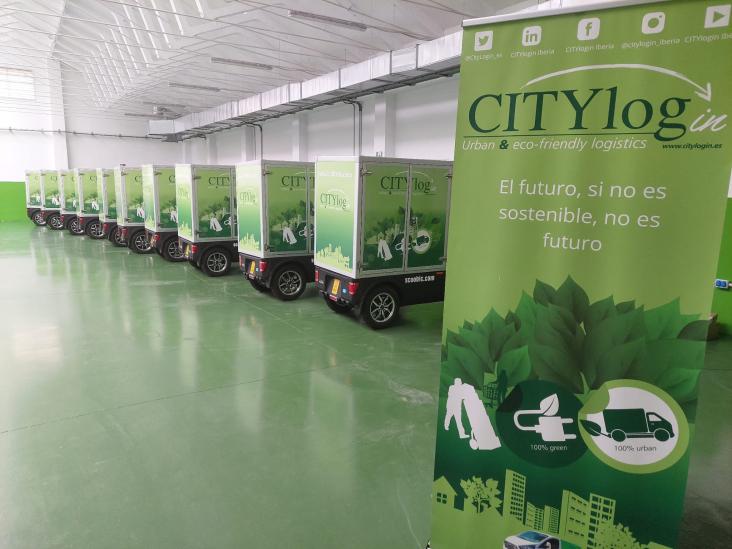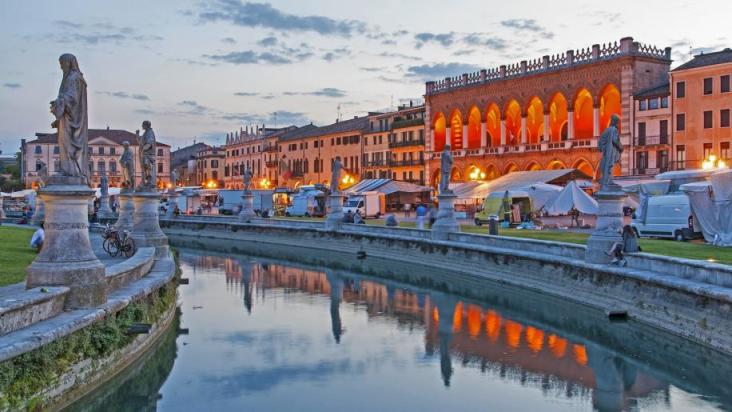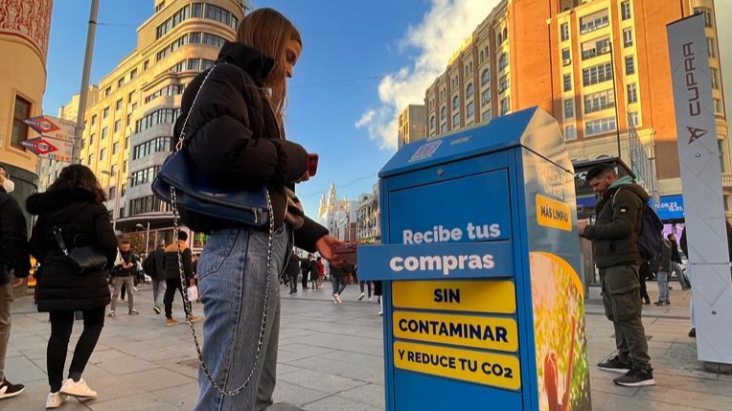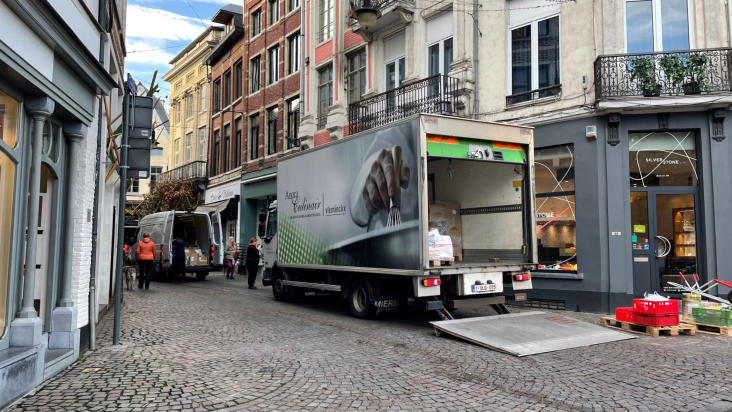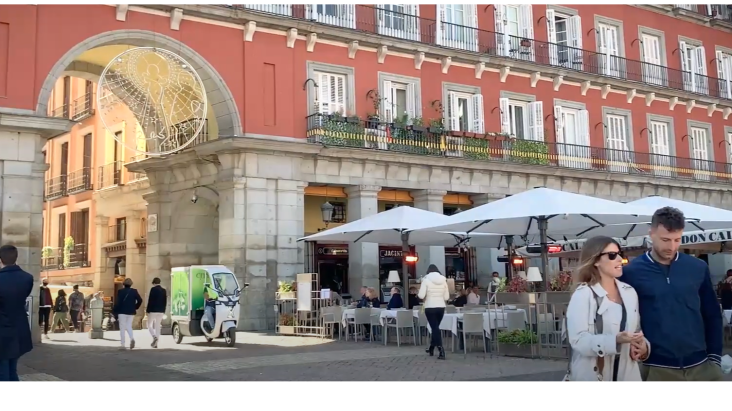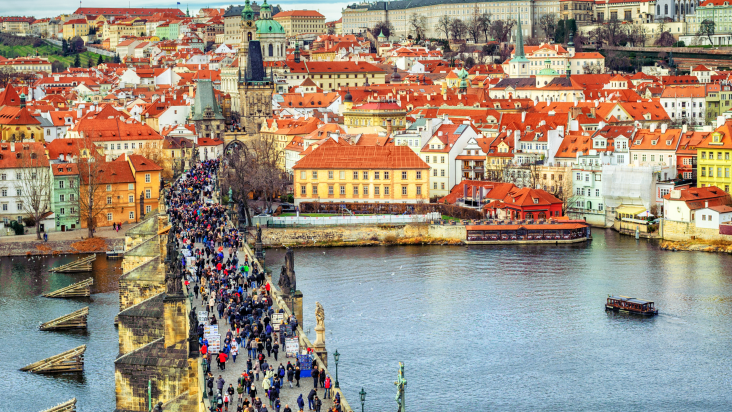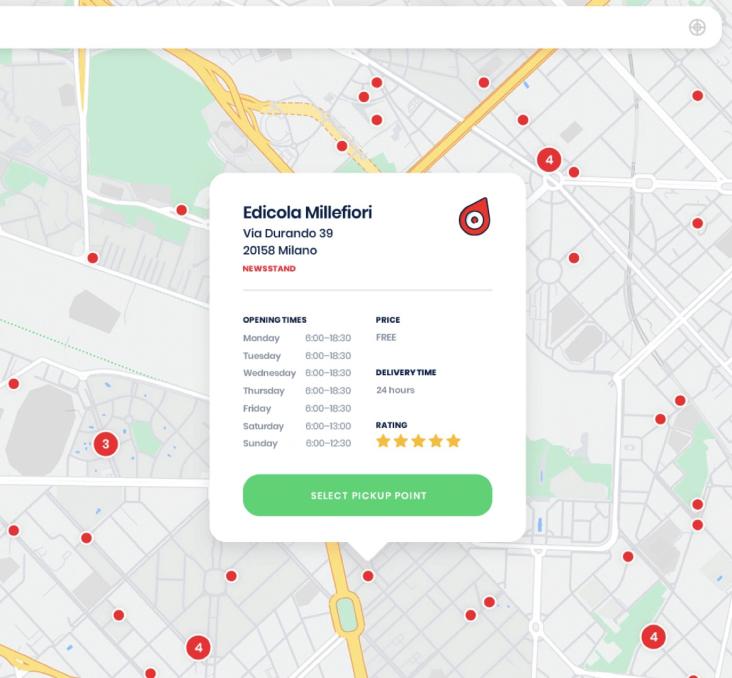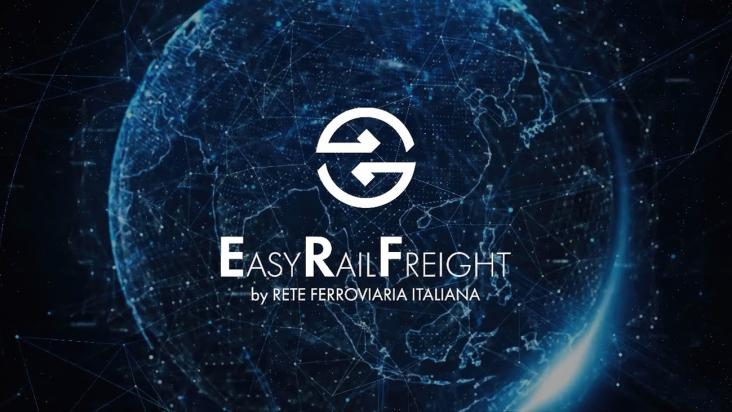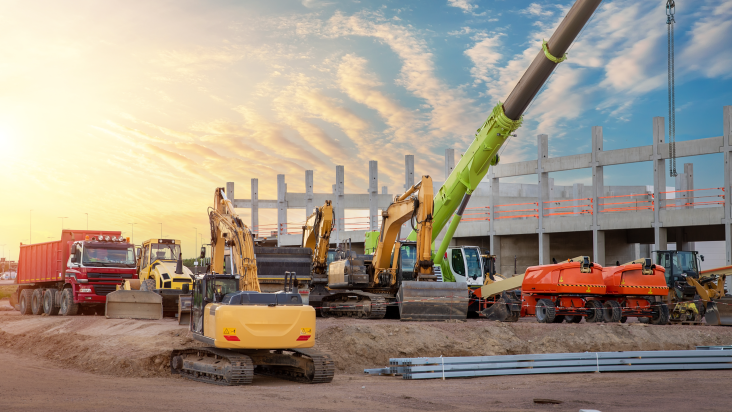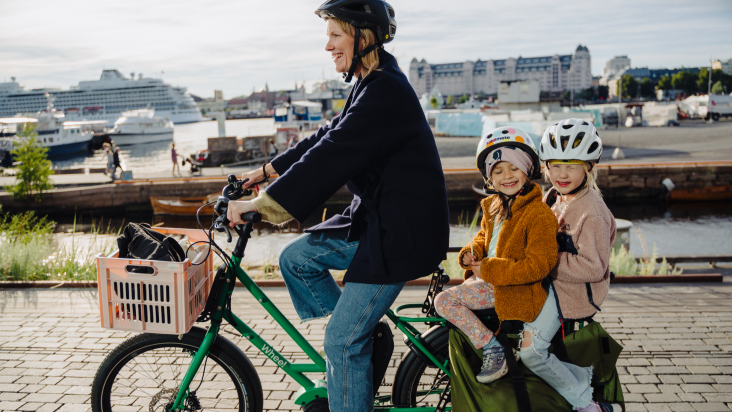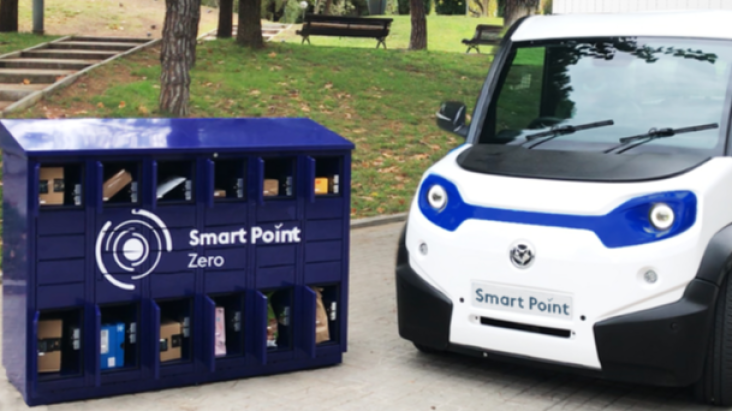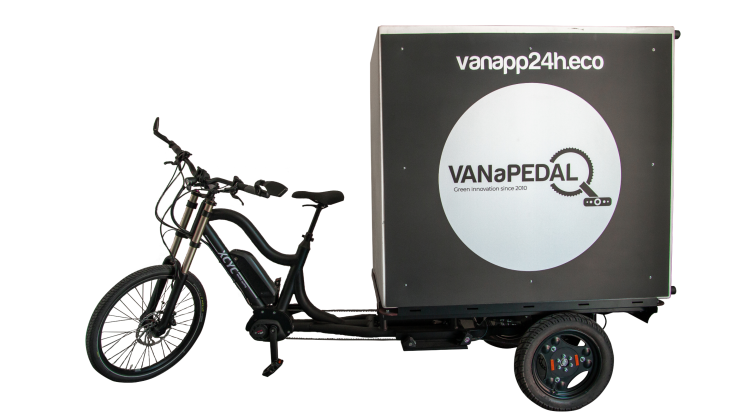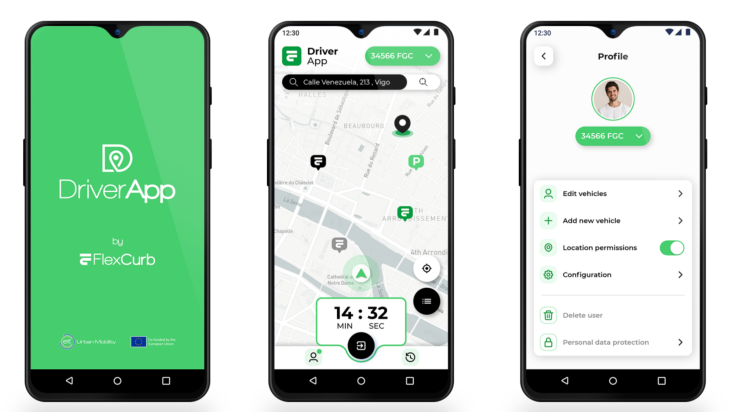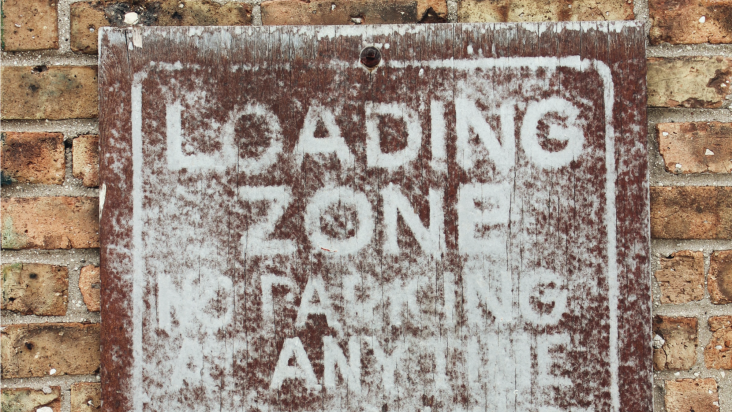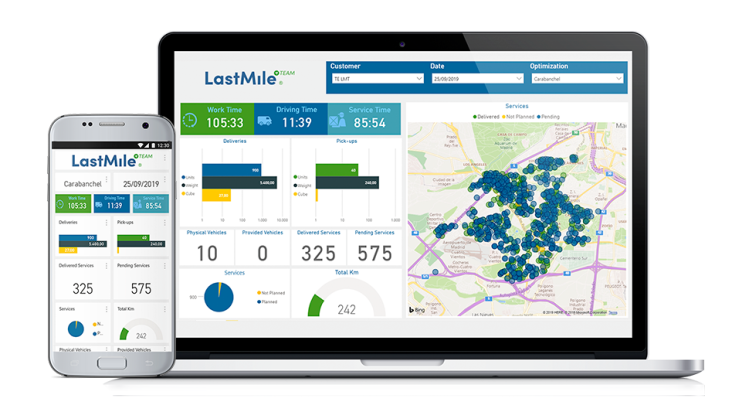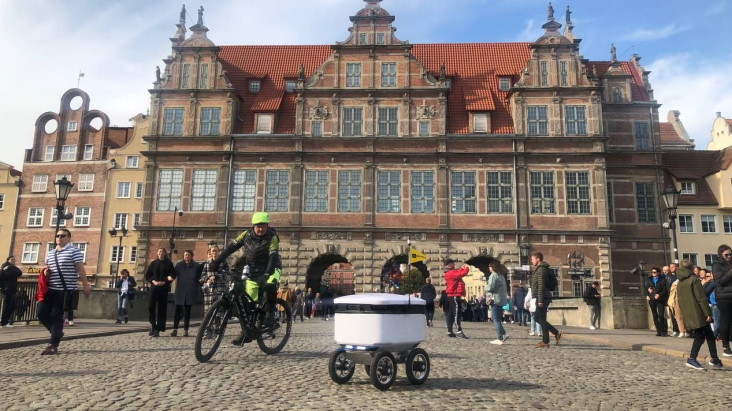Transforming last-mile deliveries
City logistics is undergoing a profound transformation. Emerging IoT and AI technologies are entering the market to revolutionise the supply and delivery of goods within our urban landscapes. The Physical Internet Observatory offers new ways to decarbonise and optimise last-mile logistics through a combination of physical and digital innovations.
What is the Physical Internet Observatory?
The concept of the 'physical internet' is a visionary approach, drawing inspiration from the way information flows on the internet while setting new benchmarks for global supply chain and last-mile logistics. The vision entails the creation of a highly interconnected and efficient physical network of transportation and logistics infrastructure, enabling greater flexibility, scalability, and sustainability for transporting goods. To do this, warehouses, transportation operators and logistics companies will need to share information and work together. The first step to making the physical internet a reality is by digitalising all available data. As the digitalisation of our physical world continues, it brings both opportunities and risks that demand proactive urban preparedness.
The URBANE project is an initiative dedicated to addressing these challenges, by guiding and facilitating exchange between city managers, logistics firms, and transport visionaries. On the Mobility Innovation Marketplace, URBANE offers an observatory platform providing expert insights on market trends, regulatory dynamics, and innovative solutions poised to shape the future of urban logistics.



